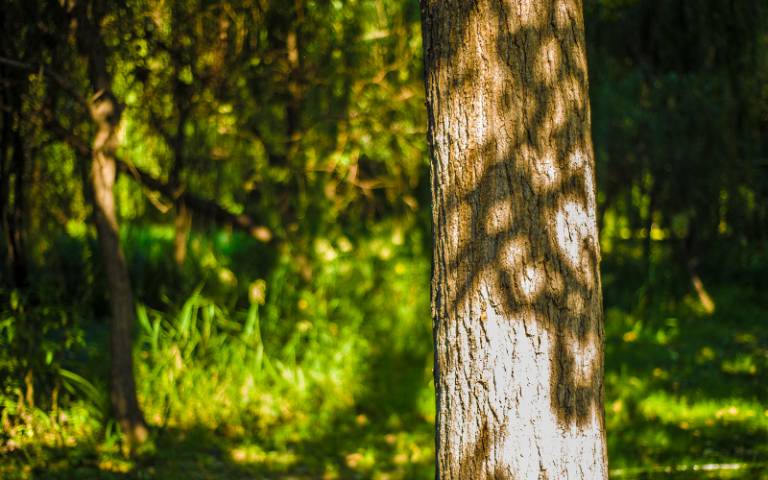Miombo woodlands, spanning vast areas of Sub-Saharan Africa, may be a far more powerful weapon against climate change than previously believed. New research suggests these ecosystems store up to 2.2 times more carbon than earlier estimates, potentially reshaping conservation priorities and climate strategies.
Laser Scanning Unveils Hidden Carbon Treasure
An international team of scientists, led by carbon data provider Sylvera and including researchers from University College London (UCL), deployed cutting-edge technology to measure carbon storage in Mozambique’s miombo woodlands. Their findings, published in Nature Communications Earth & Environment, challenge conventional wisdom about these ecosystems.
The team collected a staggering 450 billion 3D measurements across more than 8 million trees covering 500 square kilometers – an area eight times the size of Manhattan. Using ground, drone, and helicopter-based laser scanning, they captured data from intact woodlands, degraded areas, and cleared land.
Professor Mat Disney of UCL Geography, a co-author of the study, explained: “Using these 3D laser scanning measurements, we’re able to significantly improve the accuracy of our estimates of the biomass and carbon stored in these critical and dynamic miombo woodlands. The fact that these new results are so much greater than previous estimates demonstrates that these ecosystems are even more important than we thought and highlights why we need to protect them, now more than ever.”
Global Implications for Climate Action
The implications of this discovery are far-reaching. If these results hold true across all of Africa’s miombo woodlands, it could mean that conventional measurement techniques have underestimated their carbon stocks by an amount nearly equivalent to the total atmospheric increase in a single year.
Dr. Laura Duncanson, a co-author from the University of Maryland and NASA GEDI science team, highlighted the potential impact: “Mapping biomass from space is always limited by the availability of high-quality calibration and validation data. This research demonstrates the state of the art in multi-scale lidar methods for linking trees to satellites. We are now working to integrate these data into our NASA GEDI biomass products, and fully expect they will lead to improvements in mission estimates over miombo woodlands in Mozambique, and beyond.”
The study’s findings underscore the critical importance of protecting and restoring these often-overlooked forests. Miombo woodlands not only store vast amounts of carbon but also support millions of livelihoods, regulate climate and water resources, and provide vital habitats for diverse plant and animal species.
Allister Furey, CEO and Co-founder of Sylvera, emphasized the financial implications: “Ultimately, fighting climate change is a finance issue. We need more money flowing to the known solutions, predominantly our natural carbon sinks. Yet, many investors simply don’t understand these types of investments, or are put off by lack of certain measurements and so avoid them.”
This research could boost investor confidence in nature-based climate solutions by providing more accurate and reliable carbon measurements. As the world races to achieve net-zero emissions, the hidden potential of Africa’s miombo woodlands may prove to be a game-changing asset in the fight against climate change.
If our reporting has informed or inspired you, please consider making a donation. Every contribution, no matter the size, empowers us to continue delivering accurate, engaging, and trustworthy science and medical news. Independent journalism requires time, effort, and resources—your support ensures we can keep uncovering the stories that matter most to you.
Join us in making knowledge accessible and impactful. Thank you for standing with us!

